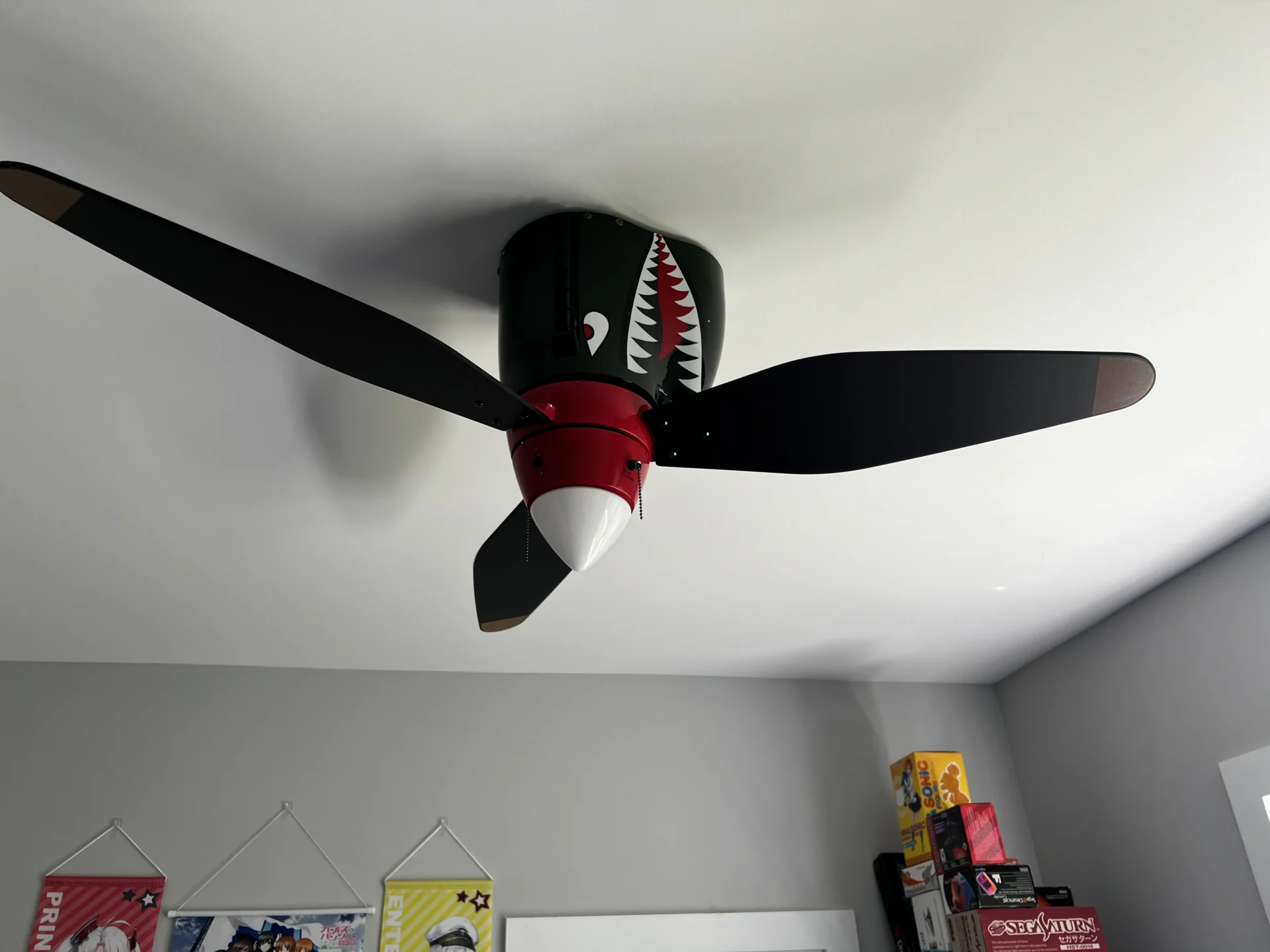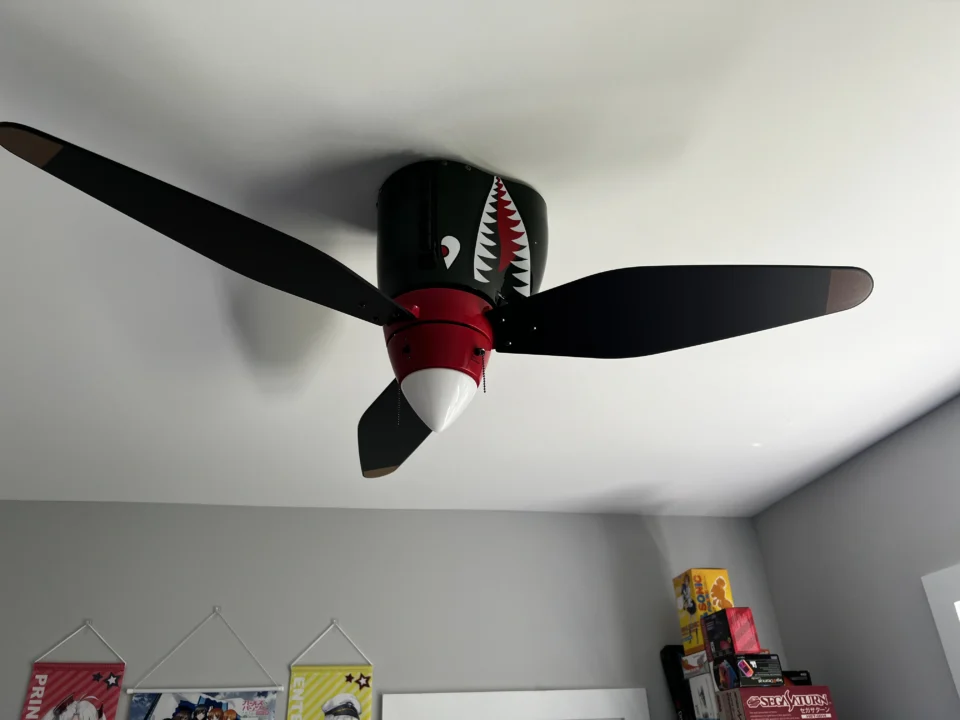
Installing a ceiling fan can be a rewarding home improvement project, but it’s essential to prioritize safety, especially when dealing with electricity. Electrical shocks are a serious risk during installation, and taking the proper precautions can prevent accidents.
Whether you’re a seasoned DIYer or a first-timer, understanding and implementing safety measures is crucial. From turning off the power at the circuit breaker to using insulated tools and double-checking connections, every step plays a vital role in keeping you safe.
In this blog, we’ll walk you through the key safety practices to ensure that your ceiling fan installation is not only successful but also free from the hazards of electrical shocks. Let’s dive in with confidence and caution!
What safety precautions should be taken when installing a ceiling fan to prevent electrical shocks?
To prevent electrical shocks during ceiling fan installation, follow these safety precautions:
- Turn Off Power: Always switch off the power before beginning the installation. Make sure that the electricity is turned off at the circuit breaker. Applying a voltage tester to the cables will allow you to verify that the power is off.
- Use Proper Tools: To protect against electrical contact, use insulated tools and wear rubber-soled shoes. Insulated gloves can also add an extra layer of safety.
- Follow Manufacturer Instructions: Carefully read and adhere to the installation instructions provided by the ceiling fan manufacturer. Ensure all connections match the guidelines.
- Check for Live Wires: Before touching wires, use a voltage tester to double-check that they are not live. This step ensures that you are not working with an active electrical circuit.
- Secure Wiring and Connections: Properly connect and secure all electrical wires. Ensure that wire nuts are tightly twisted and no exposed wires are left unattended.
- Mounting Safety: Use a stud finder to locate a secure mounting point in the ceiling. Avoid drilling into hidden electrical wires or pipes.
- Proper Grounding: Connect the fan’s grounding wire to the electrical box to ensure it is properly grounded, which helps prevent electrical shocks.
- Check Stability: Before restoring power, ensure the fan is mounted safely and all connections are secure. Test the fan to confirm proper operation and stability.
- Consult a Professional: If you are unsure or uncomfortable with any part of the installation, hiring a licensed electrician is best to ensure a safe and compliant setup.
Following these precautions can minimize the risk of electrical shocks and ensure a safe ceiling fan installation.
How can you ensure the power is off before starting ceiling fan installation?
To ensure the power is off before starting ceiling fan installation, follow these steps:
- Turn Off the Circuit Breaker: Locate the circuit breaker panel in your home. Find the breaker that controls the circuit for the ceiling fan and switch it to the “off” position. This is typically labeled in the breaker panel.
- Verify Power is Off: Use a voltage tester or a non-contact voltage detector to check the wires where the ceiling fan will be installed. Place the tester’s probe near the wires to ensure no electrical current. A non-contact tester will light up or beep if it detects live wires.
- Double-Check with a Light Switch: If a wall switch controls your fan, turn off the switch associated with the fan. Even after doing so, use a voltage tester on the wires to ensure the power is completely off.
- Test Multiple Wires: Check all the wires in the installation area, as multiple circuits or wires might be involved. Make sure to test each wire individually to confirm they are not live.
- Consult a Professional: If you need clarification on your testing methods or if you encounter any issues, consider consulting a licensed electrician. They can confirm that the power is off and ensure the installation is safe.
By thoroughly verifying that the power is off, you can confidently proceed with the ceiling fan installation and minimize the risk of electrical shocks.
Why is grounding important in preventing electrical shocks during ceiling fan installation?
Grounding is crucial in preventing electrical shocks during ceiling fan installation for several reasons:
- Safety Mechanism: Grounding provides a safe pathway for electrical current to travel to the earth in case of a fault or short circuit. This helps prevent the buildup of dangerous voltages that could cause electrical shocks.
- Reduces Risk of Shock: If the fan’s metal parts or any exposed conductive surfaces become electrically charged due to a fault, grounding ensures that this charge is safely diverted from the user. Without proper grounding, touching these parts could result in a severe electrical shock.
- Prevents Electrical Fires: Proper grounding helps prevent overheating and potential electrical fires. If a fault causes excess current to flow, the grounding system safely directs this current away, reducing the risk of fire hazards.
- Maintains Electrical System Integrity: Grounding ensures that the electrical system remains stable and that fault currents are properly managed. This helps protect the electrical system and the safety of individuals interacting with it.
- Compliance with Electrical Codes: Many local and national electrical codes require proper grounding for all electrical installations. Ensuring your ceiling fan is correctly grounded helps you meet these safety standards and avoid potential code violations.
Grounding is essential for safely managing accidental electrical faults and protecting the user and electrical system from hazards.
What tools and equipment are necessary for a safe ceiling fan installation?
For a safe ceiling fan installation, you’ll need the following tools and equipment:
- Voltage Tester or Non-Contact Voltage Detector: Before handling the wires, ensure that the power is off and that they are not live.
- Insulated Tools: Pliers, wire cutters, and screwdrivers with insulated handles to reduce the risk of electrical shock.
- Stud Finder: To locate secure mounting points in the ceiling and avoid drilling into electrical wires or pipes.
- Drill and Bits: These are used to make holes in the ceiling to mount the fan bracket. Ensure you use the correct size bits for the mounting screws.
- Ladder: A sturdy ladder to reach the ceiling safely during installation.
- Wire Nuts: To securely connect electrical wires.
- Electrical Tape: To insulate and secure wire connections.
- Screwdrivers: Flathead and Phillips head screwdrivers are needed to attach the fan components and secure the mounting bracket.
- Socket Wrench: This tightens any bolts or nuts in the fan assembly.
- Safety Gear: Including insulated gloves and safety glasses to protect yourself during installation.
- Ceiling Fan Installation Kit: Most ceiling fans come with a specific installation kit that includes necessary mounting hardware and instructions.
These tools and equipment will help ensure a smooth, safe installation process and minimize the risk of accidents.
Prevent Electrical Shocks with Expert Ceiling Fan Installation
Our team of experienced electricians at The Go-To Electric is dedicated to ensuring your ceiling fan installation is done safely and correctly. We provide expert guidance on essential safety measures, including turning off the power, using proper tools, and verifying grounding.
Trust us to handle your installation with precision and care, ensuring your home’s electrical system remains secure and functional. Contact The Go-To Crew Electric today for a safe and reliable ceiling fan installation!

